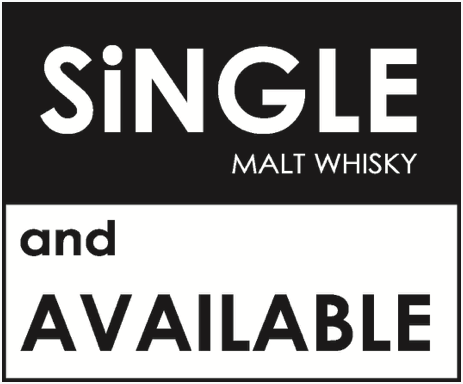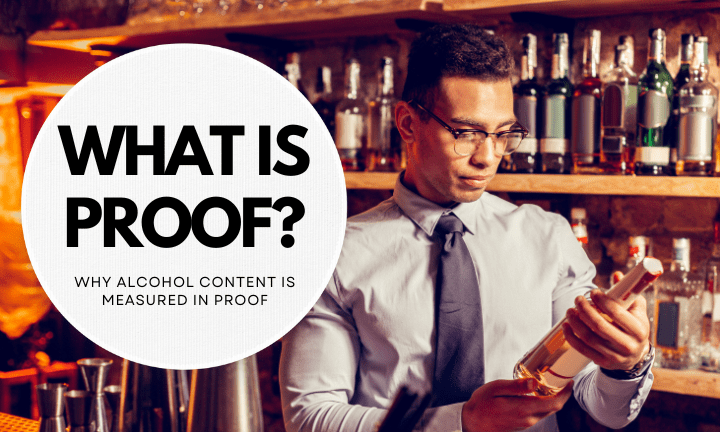If you’ve taken a closer look at a bourbon or whisky bottle, you might come across the words “proof” or “alcohol by volume”, which, as many will tell you, simply means the alcohol content in a spirit.
Few, however, stop to ponder how “proof” came to be a standard of alcohol measurement, and how it differs from the abv standard we see on most bottles these days. The use of the word “proof” within this context started in the 16th century, when taxmen would use gunpowder to measure alcohol content. If a mixture of liquor and gunpowder was ignited, it was deemed to be a “proof spirit” — meaning there was enough proof it contained a high amount of alcohol — and was taxed at a higher rate.
For obvious reasons, this was neither a practical, nor accurate method of measurement. That changed in 1816, when British inventor Bartholomew Sikes’s accurate hydrometer was made, and changed the system of establishing proof – it was so successful, in fact, that his name was used in the Act of Parliament: Sikes’ Hydrometer Act 1816.
The new system involved scientifically precise measures of density and gravity and set the “proof” threshold at 57.06 percent alcohol by volume (57.142857% to be exact), or 100 Proof – or, if you prefer fractions, 4/7 the purity of alcohol by volume. So, in 1968, when Glenfarclas sold its first official bottling of cask strength whisky at 60% abv, it was called Glenfarclas 105 – with the 105 denoting the Imperial Proof level.
Unlike the UK, the folks in the United States have a simpler way of measuring alcohol content. While “proof” was used to assess the strength of alcoholic drinks around 1848, it was easily defined as twice the alcohol by volume (ABV) percentage. For example, Wild Turkey 101 has an alcohol content of 50.5% abv, making its alcoholic proof at 101 – hence its name.


